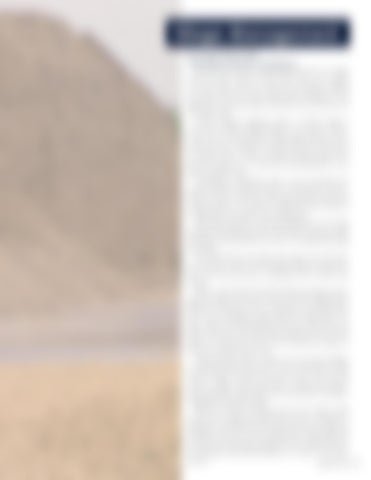Silage Management By: Jeremy Martin, PhD, Great Plains Livestock Consulting Inc.
Recently there has been renewed interest in the use of silage from corn and a variety of other crops. There are a number of reasons silage crops have become more popular including more interest in cover crops, reduced price advantages of wet byproducts, and the potential to generate more income per acre with silage crops. From a nutrition standpoint, silage is versatile enough to work well in feedlot, backgrounding, or cow rations. However, the true cost and benefits of silage depend greatly on how well the process is managed. The dairy industry is far ahead of us cowboys when it comes to putting up quality silage, and I would encourage you to study their recommendations as you plan your silage season. Ensilaging is a simple idea: chop a wet crop, eliminate the oxygen, and allow microbial activity to both preserve and enhance the value of said crop. Achieving the desired results from a silage operation is not nearly so simple; like most of what we in agriculture do, it requires strict management. This article will focus on general management of the silage chopping and feeding processes, and I hope it reminds you that the process truly determines the success of making and feeding good silage. First and foremost, the silage crop needs to be at the optimum moisture content when chopped. While the ideal moisture varies with each crop, it is generally 60-65% (35-40% dry matter). Recent research (2016 UNL Beef Reports) indicates chopping corn silage at dry matter content up to 43% (beginning of black layer formation) can be an advantage for finishing cattle, but if you are chopping a large quantity of silage, please consider weather risk and equipment issues that could cause your silage to become too dry. So, perhaps finishing at up to 43% dry matter is an option, but unless you can chop all your silage in a day, do not wait that late to start. Often producers desire to direct-cut cover crops, haylages, or small grain silage in the interest of time and land use, which results in silage at 20-25% dry matter or less. The risk with overly wet silage is that fermentation is delayed and compromised, resulting in high butyric acid concentrations (making it unpalatable) and greater shrink. With cover crops and forage crops, the best silage usually results from swathing and allowing the crop to wilt prior to chopping so the ideal moisture can be achieved. The difference in timing is only a day or two; the difference in silage quality can be huge. Conversely, silage chopped too dry is hard to pack, often resulting in sub-par fermentation as a result of the oxygen present. pacdvms.com 39















